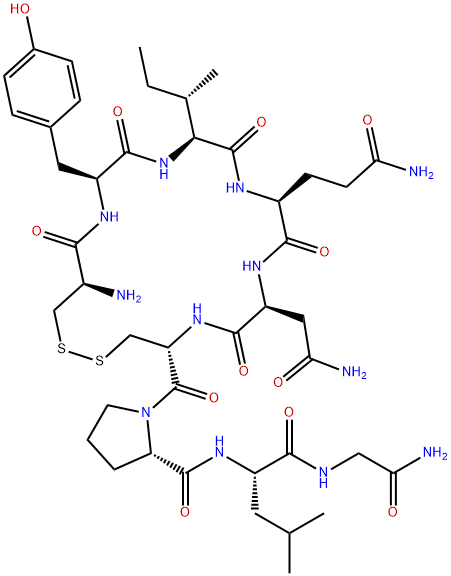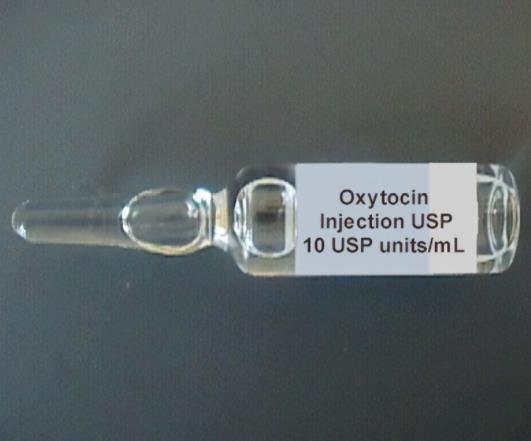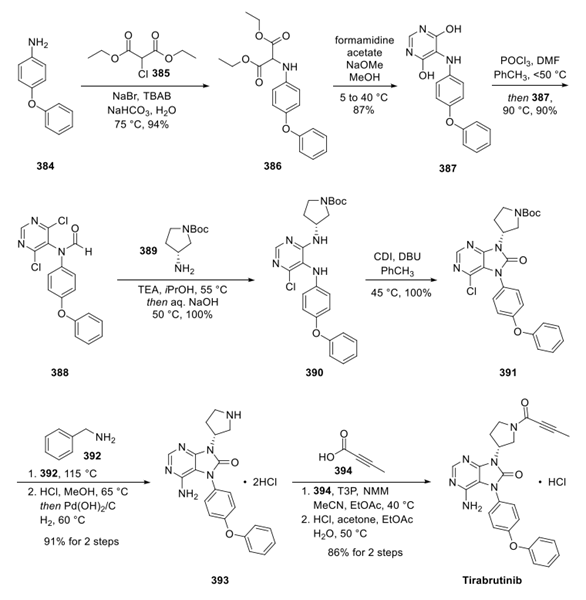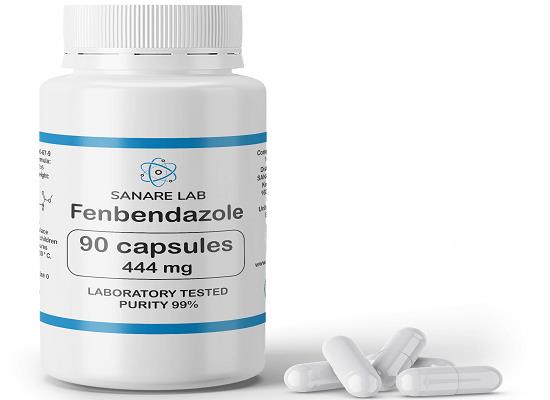Oxytocin:a hormone and neuropeptide
Introduction
Oxytocin, a hormone and neuropeptide, serves pivotal roles in both physiological and behavioral processes in mammals, including humans. Known as the "love hormone" or "bonding hormone," it plays a crucial role in labor and childbirth by stimulating uterine contractions and is essential for breastfeeding through its involvement in the milk ejection reflex. It is a cyclic nonapeptide hormone with amino acid sequence CYIQNCPLG that also acts as a neurotransmitter in the brain; the principal uterine-contracting and milk-ejecting hormone of the posterior pituitary. Together with the neuropeptide vasopressin, it is believed to influence social cognition and behaviour. It has a role as an oxytocic and a vasodilator agent. It is a peptide hormone and a heterodetic cyclic peptide. Oxytocin is intricately tied to social bonding and maternal-infant attachment, influencing pair bonding and fostering trust and empathy. Beyond its reproductive functions, oxytocin also regulates stress and anxiety, exhibiting anxiolytic effects. Medical applications include the induction and augmentation of labor, as well as controlling postpartum bleeding. Ongoing research explores oxytocin's potential therapeutic applications in conditions such as autism and social anxiety disorder, highlighting its complex and context-dependent effects on human behavior.
Application
Oxytocin continues to be an important tool in modern obstetrics to induce labor when indicated and to manage postpartum hemorrhage. It is estimated that labor induction with oxytocin is used in almost 10% of deliveries globally. It should be noted that there are risks associated with oxytocin intervention during childbirth. Oxytocin should be used judiciously only when necessary and by experienced healthcare practitioners. Although most commonly linked to labor and delivery, oxytocin actually has broad peripheral and central effects. It plays an important role in pair bonding, social cognition and functioning, and even fear conditioning. Oxytocin also serves a role in metabolic homeostasis and cardiovascular regulation.
1. Oxytocin is well known for its functions as a neurotransmitter, neuromodulator and neurohormone: in the brain, endogenous oxytocin is synthesized in the paraventricular, supraoptic, and accessory nuclei of the hypothalamus, which send projections to the posterior pituitary gland whereupon they secrete oxytocin into systemic circulation. The dynamics of oxytocin release depends on the nature of the stimulus—for example, reproductive or stressful— promoting this release. Peripherally, Oxytocin exerts a neurohormonal role in inducing uterine contraction during parturition and milk let-down during lactation. Intracerebrally, oxytocin release may result from a combination of two different release modes, which, together, may affect all major fore brain regions: synaptically as a neurotransmitter and non-synaptically as a neuromodulator (volume transmission). The latter refers to the diffusion of Oxytocin molecules into the extracellular milieu, where they interact with available oxytocin receptors in a radius that spans up to 120 μm. Humans possess only one type of oxytocin receptor (OXTR), neuronal and glial expression of which is regulated—most likely in a region-specific manner—via endogenously and exogenously triggered mechanisms, including epigenetic modification, ligand availability, changes in hormonal status, age, stage of development, and acute or chronic exposure to stressors1.
2. Oxytocin can function as a stress-coping molecule, an anti-inflammatory, and an antioxidant, with protective effects especially in the face of adversity or trauma. Oxytocin influences the autonomic nervous system and the immune system. These properties of oxytocin may help explain the benefits of positive social experiences and have drawn attention to this molecule as a possible therapeutic in a host of disorders. However, as detailed here, the unique chemical properties of oxytocin, including active disulfide bonds, and its capacity to shift chemical forms and bind to other molecules make this molecule difficult to work with and to measure. The effects of oxytocin also are context-dependent, sexually dimorphic, and altered by experience. In part, this is because many of the actions of oxytocin rely on its capacity to interact with the more ancient peptide molecule, vasopressin, and the vasopressin receptors. In addition, oxytocin receptor(s) are epigenetically tuned by experience, especially in early life. Stimulation of G-protein-coupled receptors triggers subcellular cascades allowing these neuropeptides to have multiple functions. The adaptive properties of oxytocin make this ancient molecule of special importance to human evolution as well as modern medicine and health; these same characteristics also present challenges to the use of oxytocin-like molecules as drugs that are only now being recognized2.
3. Oxytocin acts as an anti-inflammatory molecule for the nervous system in the presence of stressors. For the developing brain, oxytocin confers neuroprotection in the presence of a stressor by inhibiting the release of proinflammatory cytokines by microglia by decreasing oxidative stress exposure and by protecting mitochondrial function. For the adult brain, oxytocin confers similar neuroprotection in the presence of a stressor by inhibiting the release of proinflammatory cytokines by microglia, by decreasing oxidative stress exposure, by protecting mitochondrial function, and by increasing antioxidant capacity. Moreover, similar to its inhibition of microglia-mediated inflammatory cascades, oxytocin inhibits macrophage-mediated proinflammatory cascades outside of the central nervous system during an immune challenge with LPS. Although oxytocin mediates many aspects of social behavior and cognition, the known social and cognitive functions that oxytocin protects in the presence of inflammation are shown here for the developing and adult brain. Inflammatory cascades are shown in purple and oxytocin signaling is shown in red(Figure 1).
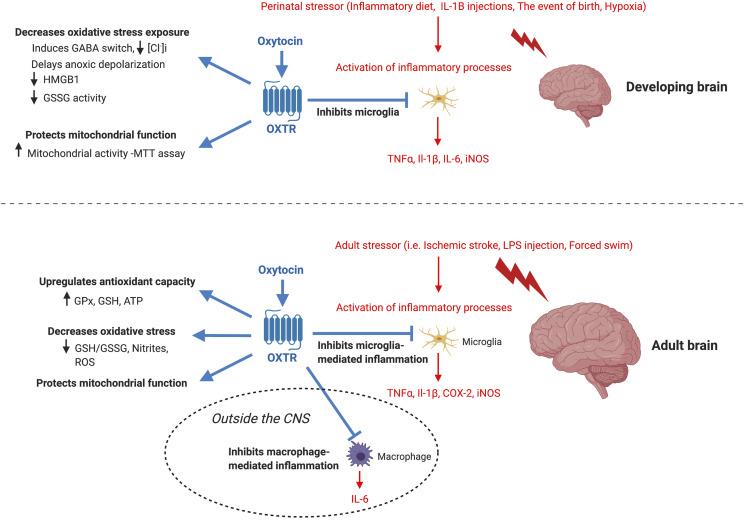
Figure 1 Oxytocin acts as an anti-inflammatory molecule for the nervous system in the presence of stressors
Synthesis
Sir Henry H. Dale first identified oxytocin and its uterine contractile properties in 1906. Like all other neurohypophysial hormones, oxytocin is composed of nine amino acids with a disulfide bridge between the Cys 1 and 6 residues. In the mid-1950s, synthetic oxytocin was successfully synthesized by a biochemist named Vincent du Vigneaud; he was later recognized with a Nobel prize for his work3. The synthesis of oxytocin, a nonapeptide hormone, involves a multistep process in which amino acids are selectively protected, activated using coupling reagents and bases, and coupled through peptide bond formation. An excellent opportunity to test further the importance of ring size to the biological activities characteristic of oxytocin without involvement of the amino group was afforded by the synthesis, presented in this communication, of 1-y-mercaptobutyric acid-oxytocin, the next higher homologue of the highly potent deamino-oxytocin, a synthetic analogue of oxytocin, which differs structurally from it in lacking the free amino group at position 1. Relative to the natural hormone, amorphous1 deamino-oxytocin was found to have enhanced avian depressor, oxytocic and rat antidiuretic activities, a decreased rat pressor activity, and an unaltered milk-ejecting activity in lactating rabbits. The patterns of response produced by equivalent doses of the two compounds are virtually identical. Hence, it was felt that information which could be gained about the importance of ring size to the biological activity of deamino-oxytocin would be significant to the general question of the relation of ring size to the biological activity of oxytocin itself. 1-y-Mercaptobutyric acid-oxytocin (I), in which a methylene group is, in effect, inserted into the ring of deamino-oxytocin, adjacent to the disulfide bridge at position 1, was therefore synthesized3.
Safety
Oxytocin, when used under appropriate medical supervision and in recommended doses, is generally considered safe. In clinical settings, synthetic oxytocin, known as Pitocin, is commonly administered to induce or augment labor and control postpartum bleeding. However, like any medication, oxytocin is not without potential risks and side effects. Excessive doses or rapid administration may lead to uterine hyperstimulation, which can compromise fetal oxygenation during labor. Additionally, there is ongoing research into the potential role of oxytocin in influencing social behaviors and cognition, and caution is warranted as the effects and long-term consequences of manipulating oxytocin levels for non-medical purposes are still being studied. As with any medical intervention, the use of oxytocin should be carefully monitored by healthcare professionals, taking into consideration individual patient factors and clinical circumstances to ensure its safe and effective administration.
Reference
1. Marsh N, Marsh AA, Lee MR, Hurlemann R. Oxytocin and the Neurobiology of Prosocial Behavior. Neuroscientist. 2021 Dec;27(6):604-619.
2. Carter CS, Kenkel WM, MacLean EL, Wilson SR, Perkeybile AM, Yee JR, Ferris CF, Nazarloo HP, Porges SW, Davis JM, Connelly JJ, Kingsbury MA. Is Oxytocin "Nature's Medicine"? Pharmacol Rev. 2020 Oct;72(4):829-861.
3. Jarvis D, Ferrier BM, Du Vigneaud V. The effect of increasing the size of the ring present in deamino-oxytocin by one methylene group on its biological properties. The synthesis of 1-gamma-mercaptobutyric acid-oxytocin. J Biol Chem.
);You may like
Related articles And Qustion
See also
Lastest Price from Oxytocin manufacturers
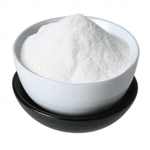
US $1.00/g2024-04-28
- CAS:
- 50-56-6
- Min. Order:
- 1g
- Purity:
- 99%
- Supply Ability:
- 100kg

US $70.00-40.00/box2024-04-28
- CAS:
- 50-56-6
- Min. Order:
- 2box
- Purity:
- 99%
- Supply Ability:
- 100000kg
